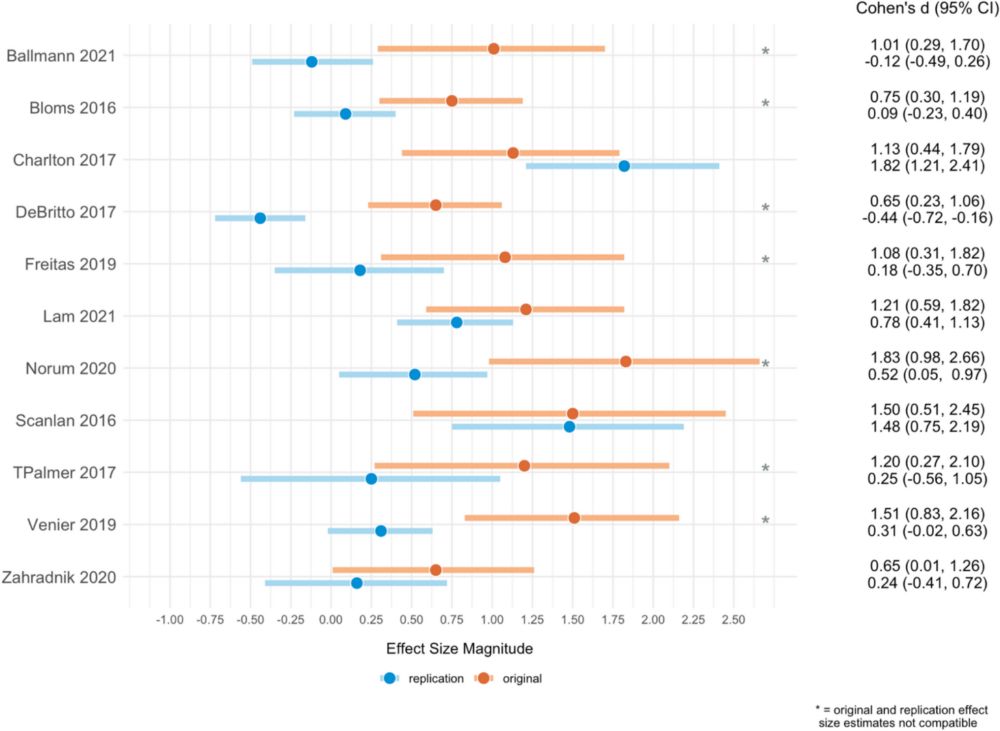François Jabouille
@francois-jabouille.bsky.social
36 followers
50 following
13 posts
• PT & Sport Addict 🏃🏋♀
• PhD Candidate in Rehabilitation Sciences at @uottawa.bsky.social 🎓
• Neurosciences | Physical Activity | Health | Automatic Tendencies | Human behavior | Open Science.
Posts
Media
Videos
Starter Packs
Reposted by François Jabouille
Xavier Job
@xavierjob.bsky.social
· Jul 31

Motor prediction reduces beta-band power and enhances cerebellar-somatosensory connectivity before self-touch to enable its attenuation
Prevailing theories suggest that the brain uses an internal forward model to predict tactile input during voluntary movements, thereby reducing the intensity of the reafferent tactile sensation, a phe...
www.biorxiv.org
Reposted by François Jabouille
Daniel Lakens
@lakens.bsky.social
· Jun 16

Estimating the Replicability of Sports and Exercise Science Research - Sports Medicine
Background The replicability of sports and exercise research has not been assessed previously despite concerns about scientific practices within the field. Aim This study aims to provide an initial es...
link.springer.com


